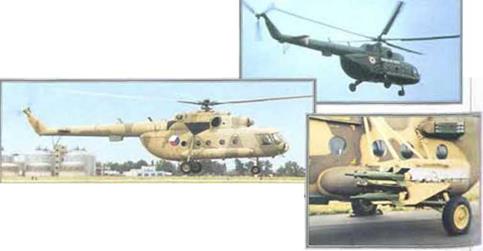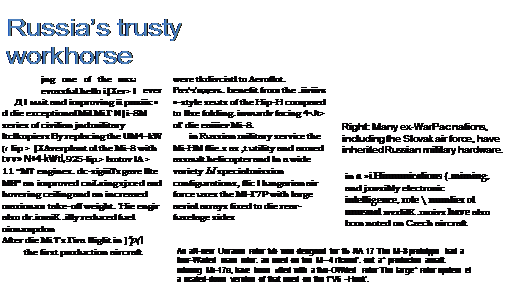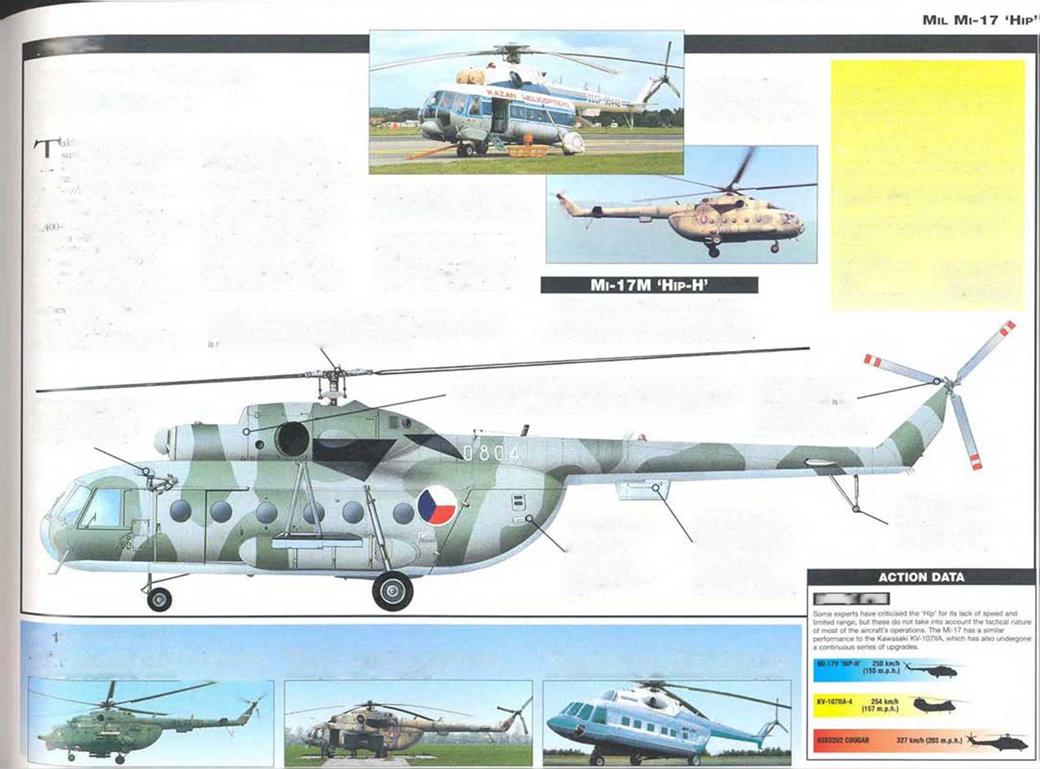• European partners • Advanced design • Utility helicopter
The NH 90 project began in 1985 as a co-oporative projoct between European helicopter manufacturers for ‘a NATO helicopter for the 1990s’. Today, the NH 90 partner nations – France, Italy. Germany and the Netherlands – operate a mix of helicopters as battlefield transports and shipboard ASW aircraft. Because of dolays, the NH 90 is not now expected to ontor service until 2003, with the first dolivorics going to tho Netherlands navy.
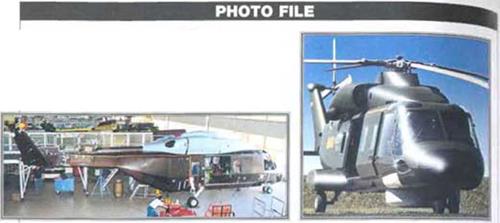
 ▼ Difficult start
▼ Difficult start
Britain was ono of the original parinors. but dockiod to drop out of tho protect at an early stage, in 1987.
▲ Future perfect
To help promote tho aircraft various artists’ impressions ol tho NH 90 were distributed to the aviation press.
◄ Military mock-up
Future military customers wen shown full-scale models ol the NH 90 to illustrate the potential of the design. This example war. displayed at Farnborough
◄ Shipboard warrior
Most European clients are intorostod In replacing their ageing Sea King fleet with a specialised variant of the NH 90. This version will be equipped with anti-ship missiles and torpedoes.
Future saviour ►
NH Industries has boon quick to see tho potential of tho NH 90 as a rescue helicopter. Civilian operators have shown interest in tho helicopter, although no orders havo been forthcoming.

> Five European nations signod tho memorandum In 1985 allowing the dovelopmont of tho NH 90.
>• Two main vorsions (transport and naval) of tho NH 90 are being developed.
► Tho naval vorslon of the holicoptor will bo oqulpped with a search radar.
The work is being shared by Eurocopter
France (43%). Agusta (26%). Eurocoptor
Germany (24%) and Fokker (7%).
► Production of tho NH 90 is oxpoctod to
commence In 1999.
► The TTH version Is oxpoctod to cost FF90 million; the NFH FF145 million.
|
|
 |
|
NH 90 (provisional)
Type: transporVASW hodcoptw
Powerplant: two 1589.5-KW (2,145-hp.) Rol Royco/TurtoomOcarMTU RTM 322-01/9 turboshalt engines
Maximum speed: 295 krrvh (183 m. ph,)
Endurance: 5 hr 30 min
Combat radius: niO km (688 mt. j
Hovering celling: 3500 m 1З.500 n)
Weights: empty 5700 kg (12.540 lb,): maximum tako-oft 9Ю0 kg (20.020 lb)
Accommodation: three crow and 20 fully equipped troops
Dimensions:
main rotor diameter 16.30 m (53 ft. 6 in)
length 18.81 m (55 ft. 2 in.)
5.42 m (17 ft. 9 in I 713 82 m’ (2.300 sq M l
|
|
|
Below: The Hying prototype of the NH 90 has exceeded all the performance levels required for the design. Pilots have praised the he/rcopfer’s handling.
|
|
|
Italian Sea Kings and Ajtiwa-Bcll 212s. So far. (і Г NH 90s liavt* been ordered: the biggest customer is Italy, with 22 I examples The first рігкіїктіол example of the N11 90 Hew in May 200 )
|
|
|
|
 |
|
Tho tour-outdoe tad rotor e of compcc. ro construction otto rotates an 1235.4 tom The Mtote ta« pylon can too tor stcraj» on the NFH verson
|
|
|
I ho titanium man rotor hub Supports me »№/ composed bJuPM when htf. n aAranced aerofoils and curved tips lo reduce Рік}. Tfic WH verson wl nave automatic taking oi ttw man Wades
|
|
|
Thn NFH umion wij П0птаП> deny з Hqhi crow 01 tirw comjyoog u plot, a co-pW una one system operetor n the cabin.
|
|
|
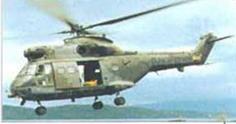
For rranrmo eperaton* tea Sea King ibeMwl ha» boon a commlcoo <У Western force» A apecUtocd variant at Яш NH 90 n m the process ot bong drrrttoooa to replace the agernj Son King m aorwoo ItaTy. Getmany and Fiance navu requeued я •,MVT equipped Wim a 360’ *e*rrh roifcjr nnd hjrapohts for arm – *ho mnrales and depth chargee The new helcopler was diwqritvi Horn mn outset to on abte to operate tram omul warshot toch as bigatos and doairoye»*
|
|
|
Mttdo by a European oensortum ol Turbomecrc Rote HoyOo, MtlJ, Piaggto and Tcpps. tho Iwn RTM 322 01/9 engnr» aie expK. fed to ася*л« nflw ktwta of rekoWUy.
|
|
|
|
|
PT2 is pnintod in naval-stylo light grey camouflage and is ol basic configuration. As the second prototypo to (ly. on 19 March 1997. it also bocamo tho first example to operate with tly-by-wiro controls.
|
|
|
Tho – NH эоь fuselage is ccnstmclod n thtee count ner. The ticni tuseage <i buC at Mangnerve. France: the centre at Qttobmnr Germany, tne rear at Case па Co3ta. Italy.
|
|
|
|
|
to omr ts retractable and consists ot ti twrvwbor* nose unt and ■set man unis Emergency floatation gnar wtf attо bo available
|
|
|
European rotorcraft projects
|
|
|
■ EH INDUSTRIES EH101: This Angto-ltalmn ты*. . >rjt® helicopter has been ordered by Italy Hgihe UK. and Is being ottered (or export
|
|
|
■ EUROCOPTER TIGRE: Designed as an anti-tank and ground-support helicopter, the Tlgro has orders tor around 400 examples.
|
|
|
I EUROFAR : ManutiKturers trorn Franco, Germany and tne UK are examining the possibility of building this twin-eogindd tilt-rotor aircraft.
|
|
|
■ EUROCOPTER EC 135: This seven – or e=gM-80iit. light, turbine-powered aircraft is projected to have achieved 700 sales by 2007.

|
|
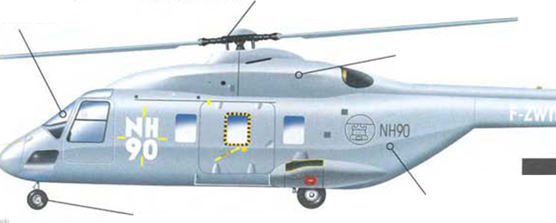
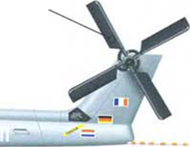

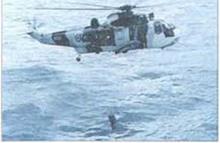

PlASECKI
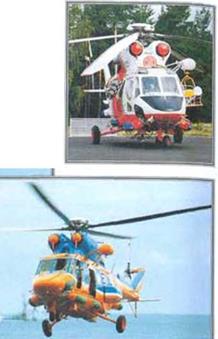 Rescue Anakonda ►
Rescue Anakonda ►
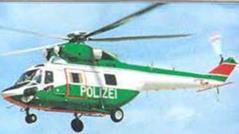 A Protracted development
A Protracted development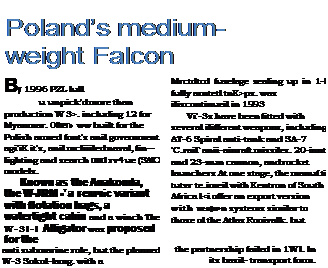

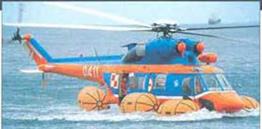
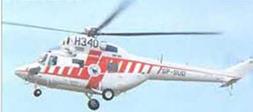



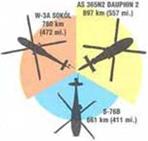













 In 1979, with nearly 20 years’ experience of building Mil-designed hclicoptors behind it, Poland’s PZL Swidnik flew the first prototype of a new design designated W-3 and named Sok6l, or ’Falcon’. There was a long series of tethered tests and extensive design changes before the second prototypo flew in May 1982, and it was another three years before production began. Since then, PZL has developed several specialised variants for military and civil applications.
In 1979, with nearly 20 years’ experience of building Mil-designed hclicoptors behind it, Poland’s PZL Swidnik flew the first prototype of a new design designated W-3 and named Sok6l, or ’Falcon’. There was a long series of tethered tests and extensive design changes before the second prototypo flew in May 1982, and it was another three years before production began. Since then, PZL has developed several specialised variants for military and civil applications.


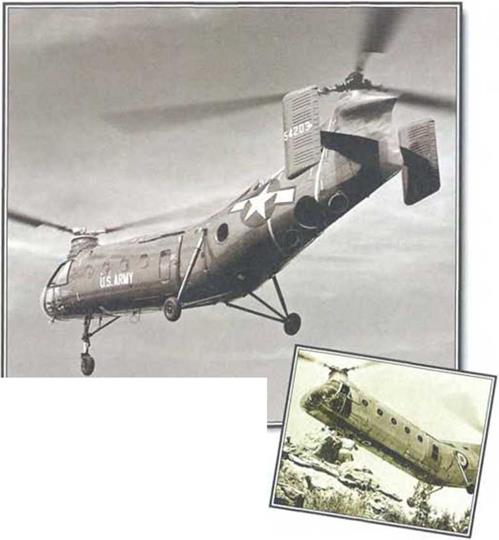 Developed for tho USAF from tho HRP tandem-rotor designs, the H-21 made Its mark with tho US Army, which named its the Shawnee. After missing the Korean War by just a year, the twin-rotor H-21 Workhorse (its USAF name) entered service with Army aviation units In the 1950s and went to war briefly In Vietnam in the 1960s, the swansong of its career. A few oxamples served with foreign forces, mainly under the Military Assistance Program.
Developed for tho USAF from tho HRP tandem-rotor designs, the H-21 made Its mark with tho US Army, which named its the Shawnee. After missing the Korean War by just a year, the twin-rotor H-21 Workhorse (its USAF name) entered service with Army aviation units In the 1950s and went to war briefly In Vietnam in the 1960s, the swansong of its career. A few oxamples served with foreign forces, mainly under the Military Assistance Program.

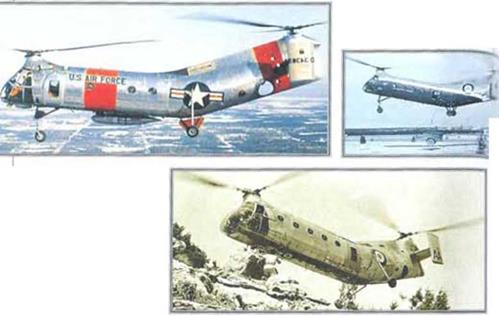 Operated by tho Bth and 57th Transportation Companies, and armed with Browning machino-guns. tho CH-21C served (or just two years.
Operated by tho Bth and 57th Transportation Companies, and armed with Browning machino-guns. tho CH-21C served (or just two years.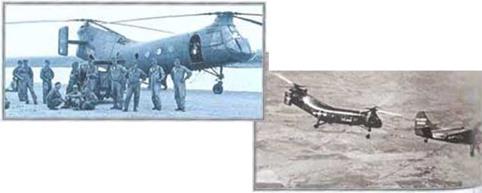




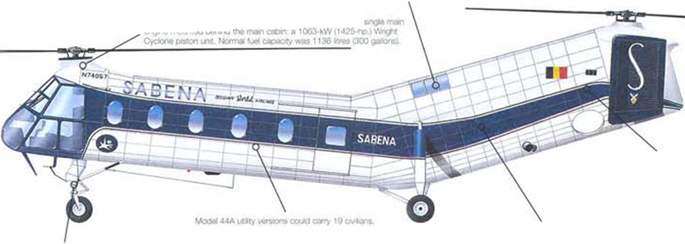


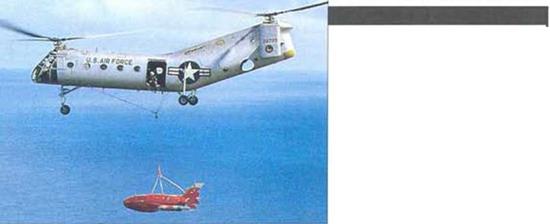







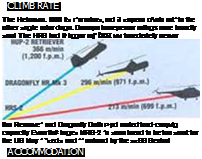

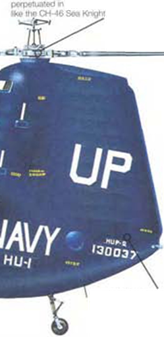

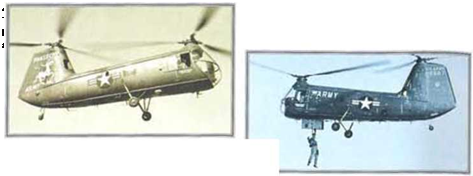

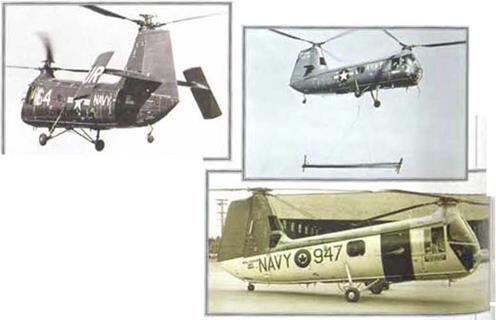
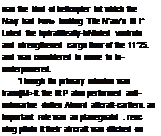
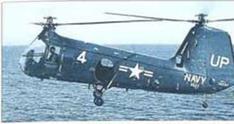


 ▼ Difficult start
▼ Difficult start








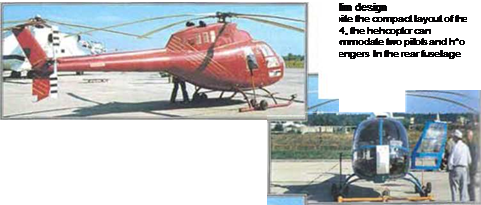

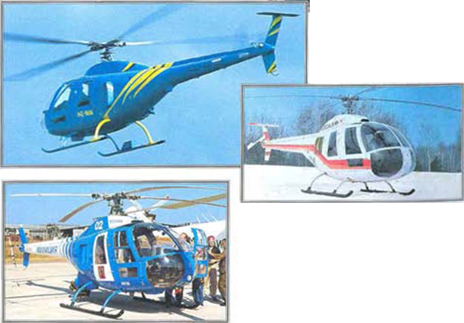 A military training variant has undergone flight testing with the Soviot armed forces as a possible replacement for the Mi – UMi-2.
A military training variant has undergone flight testing with the Soviot armed forces as a possible replacement for the Mi – UMi-2.



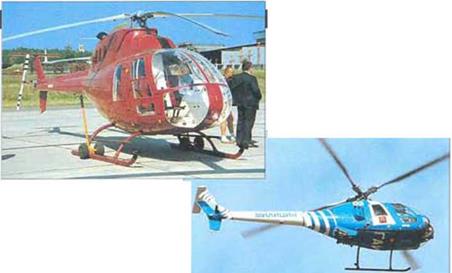



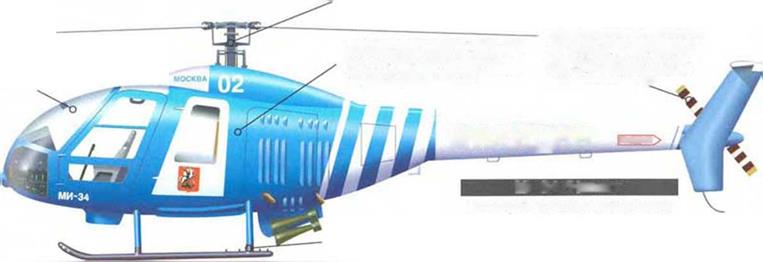
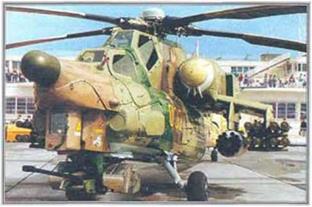
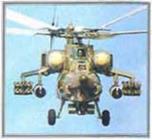
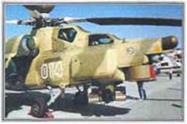

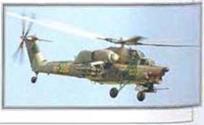 ▲ Turret-mounted gun
▲ Turret-mounted gun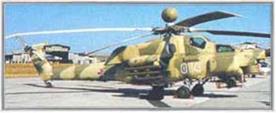
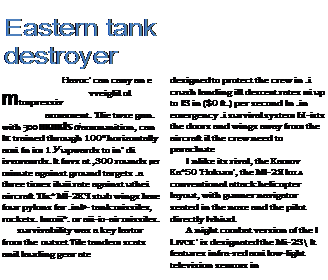



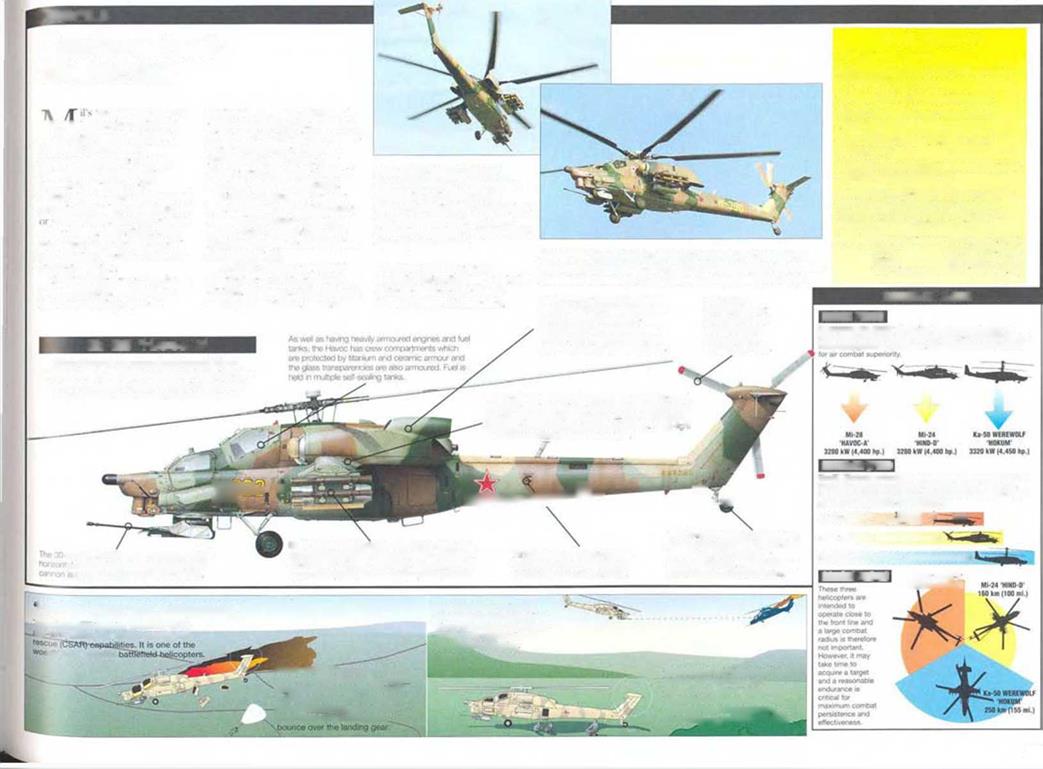

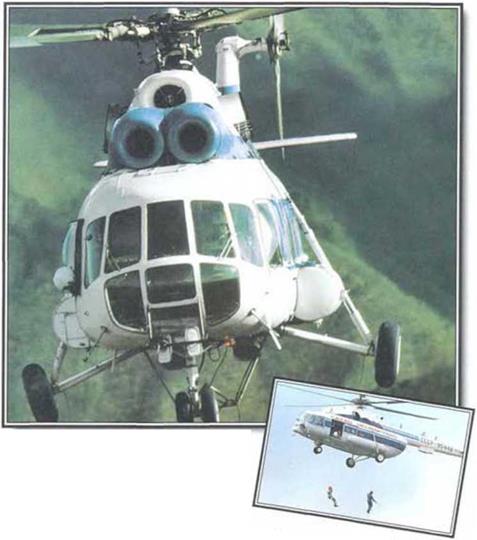 Russia’s powerful and versatile
Russia’s powerful and versatile

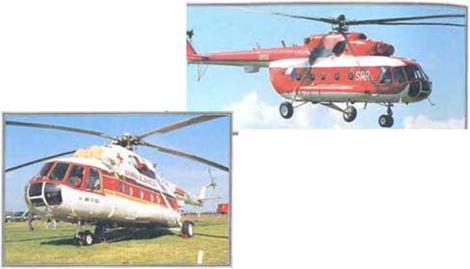 Many ‘Hip-H’s are used m tho search-and-rcscuc role, with a powerful winch fitted above the cabin door on the left-hand stdo of Чю fuselage. This Czech aircraft does not carry the optional emergency floatation equipment.
Many ‘Hip-H’s are used m tho search-and-rcscuc role, with a powerful winch fitted above the cabin door on the left-hand stdo of Чю fuselage. This Czech aircraft does not carry the optional emergency floatation equipment.